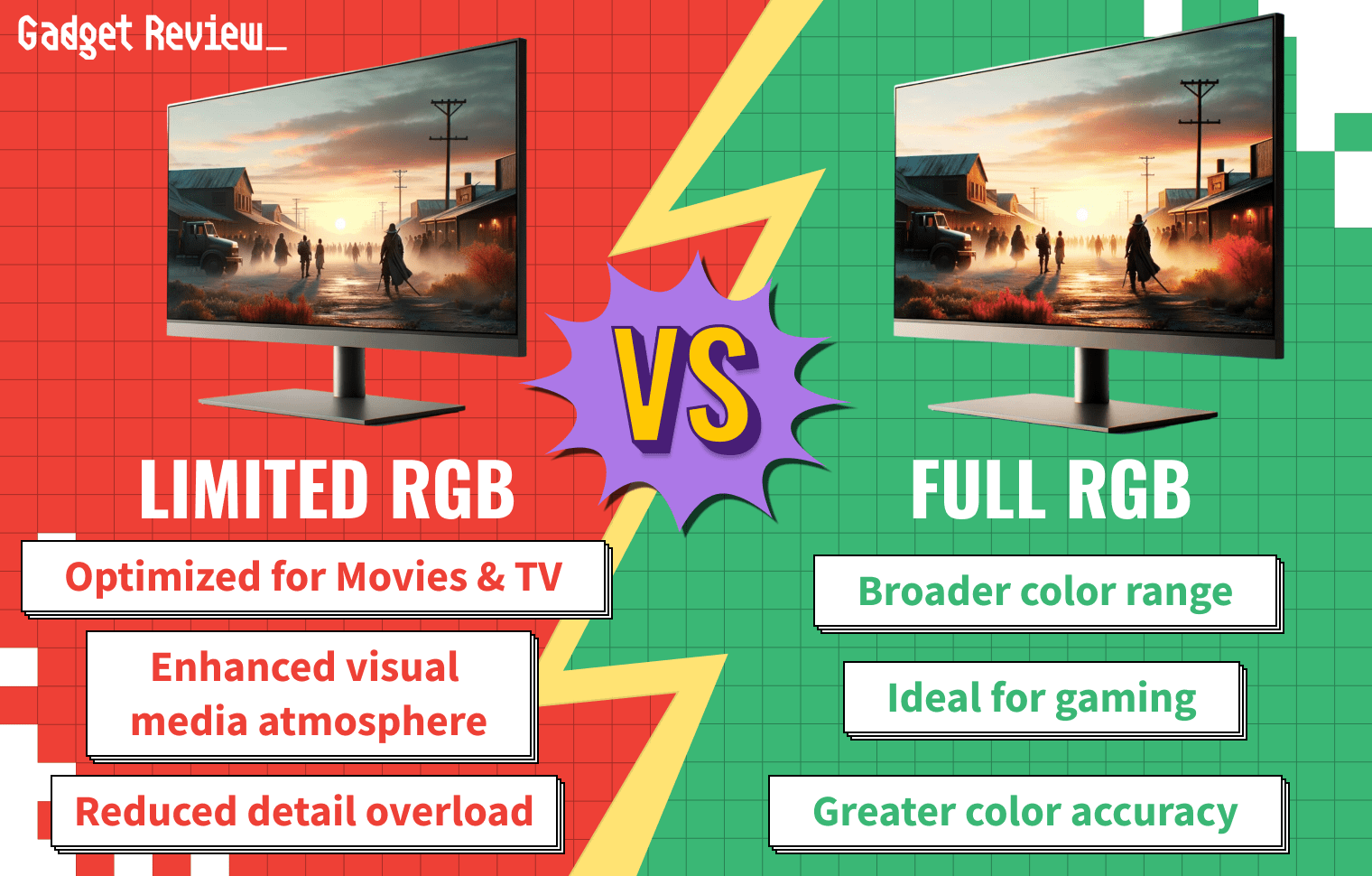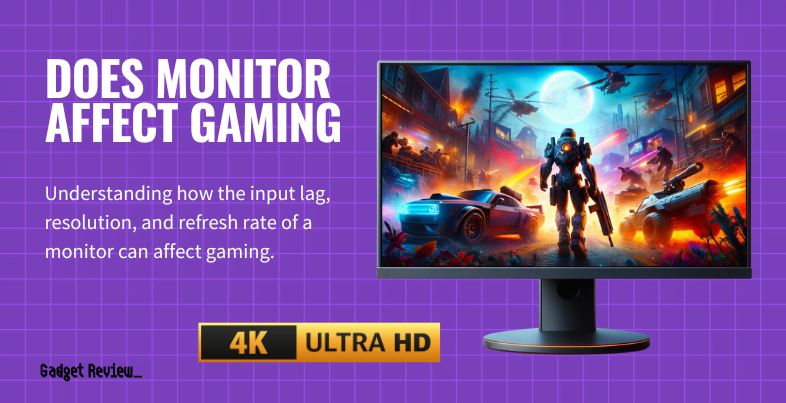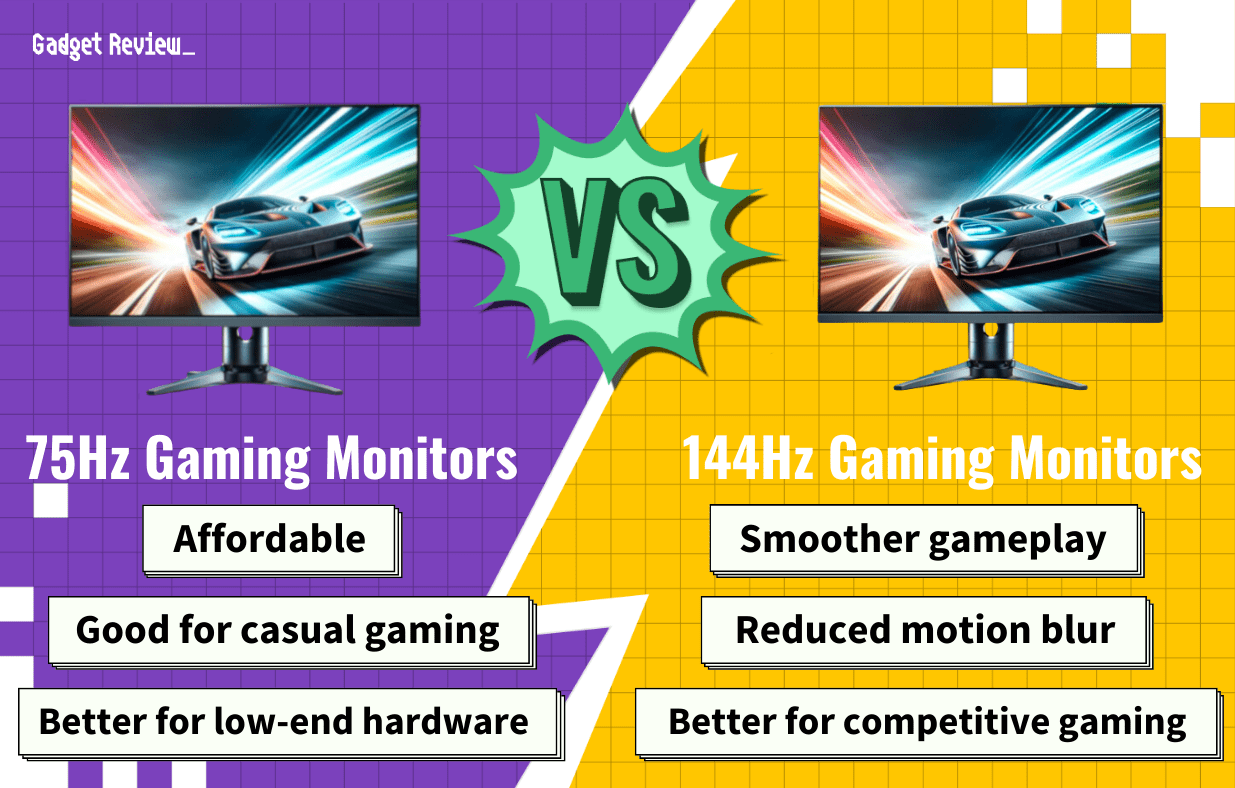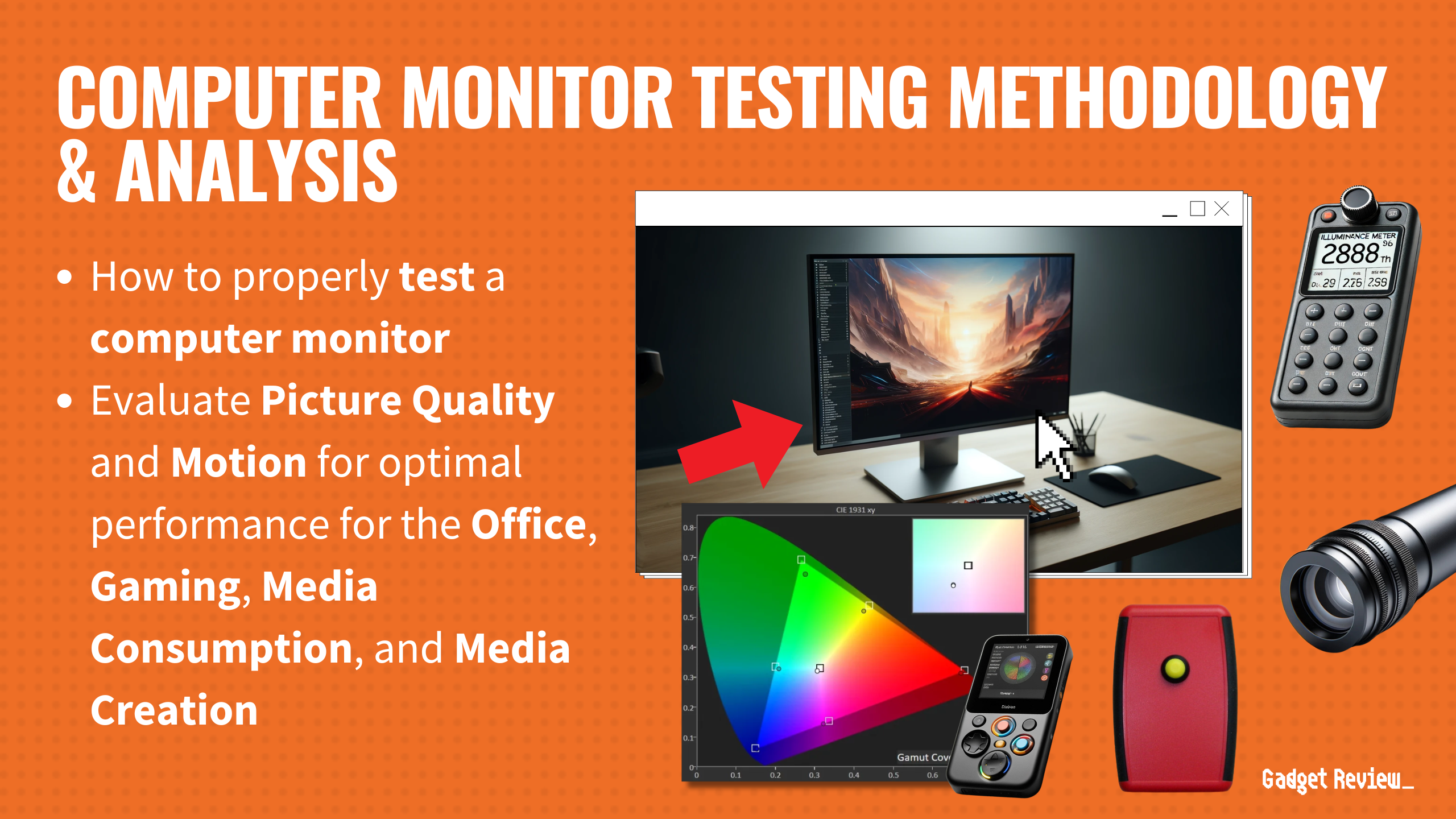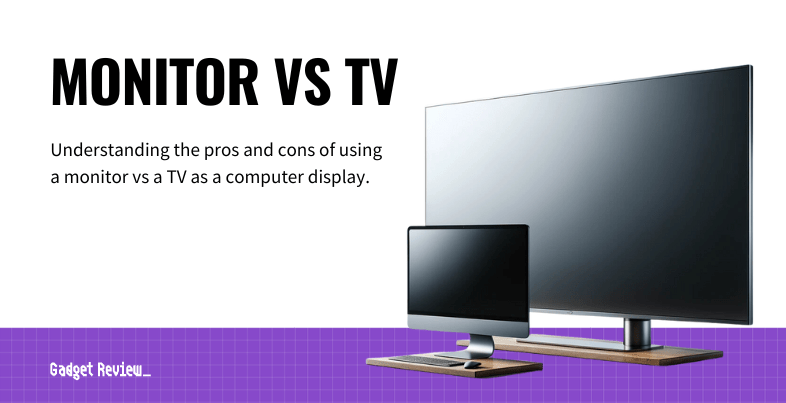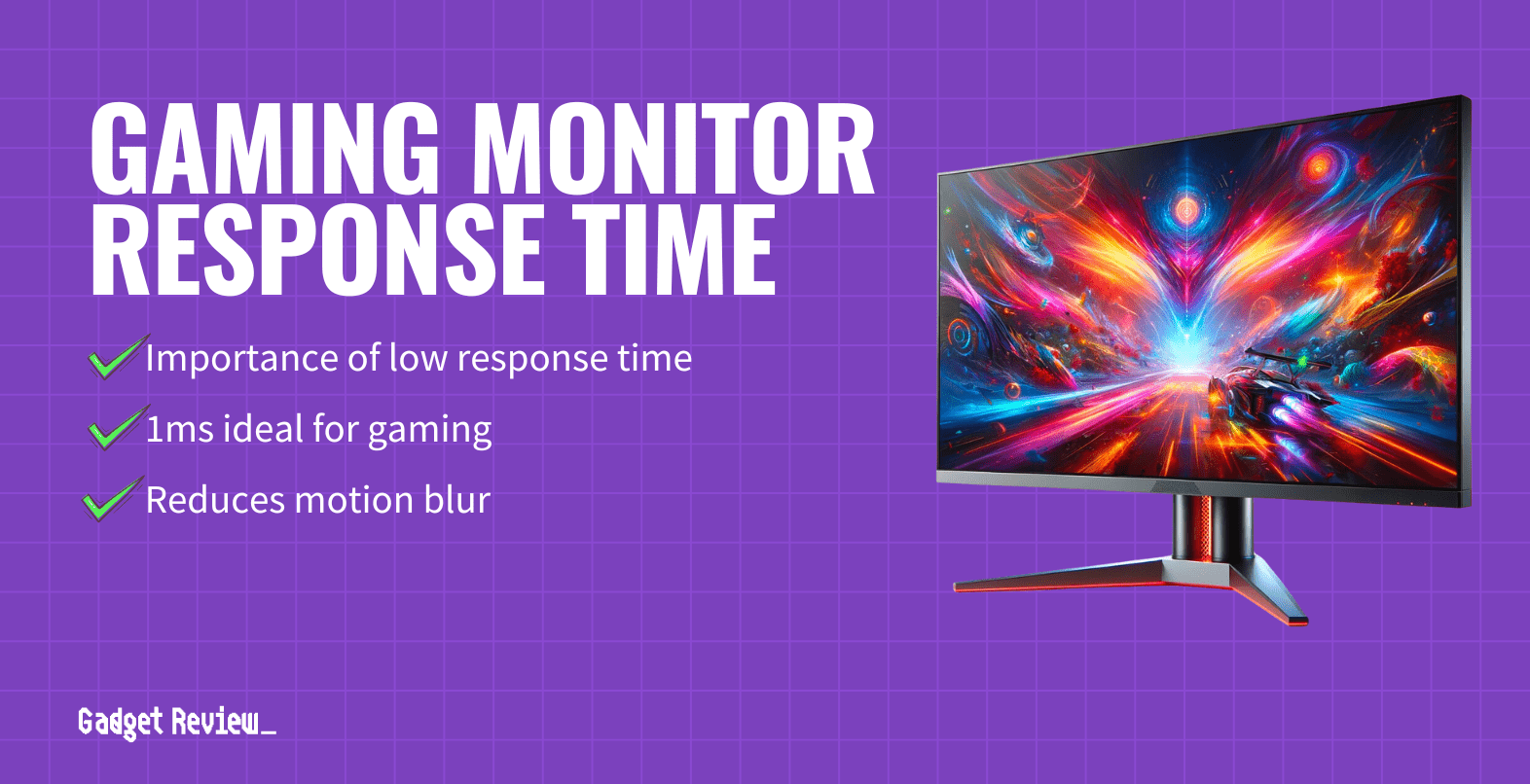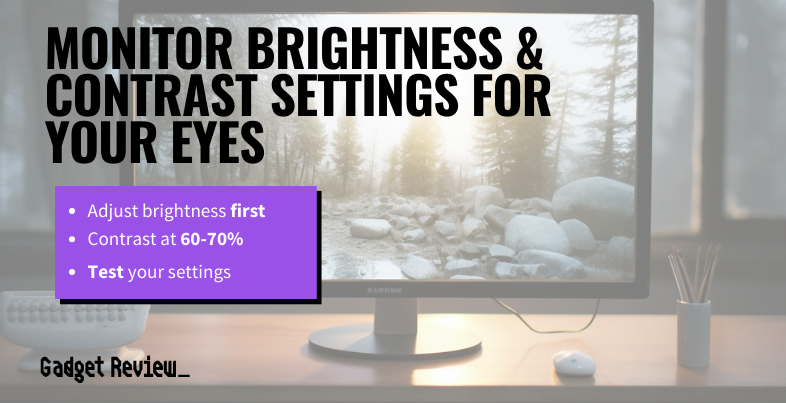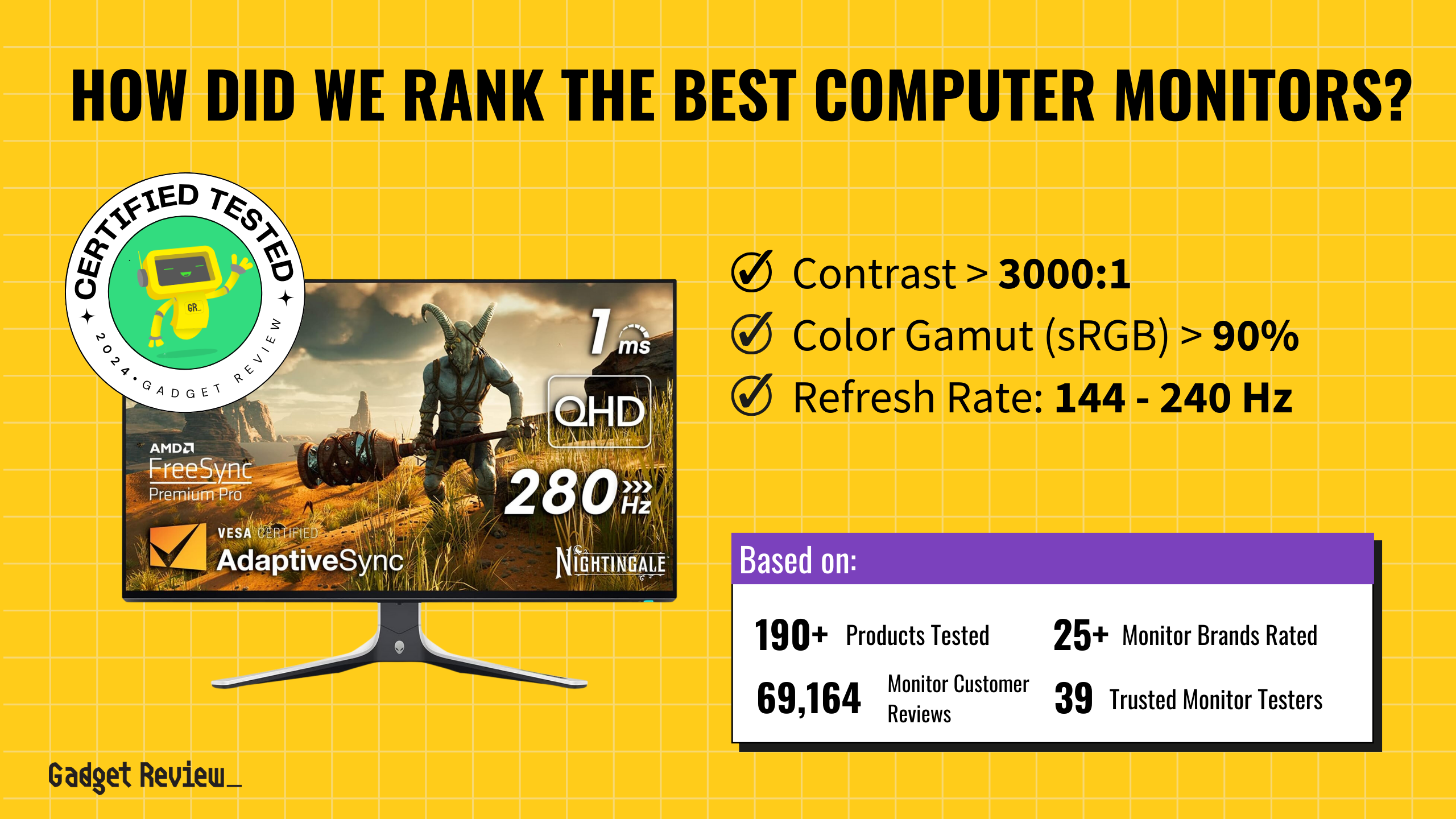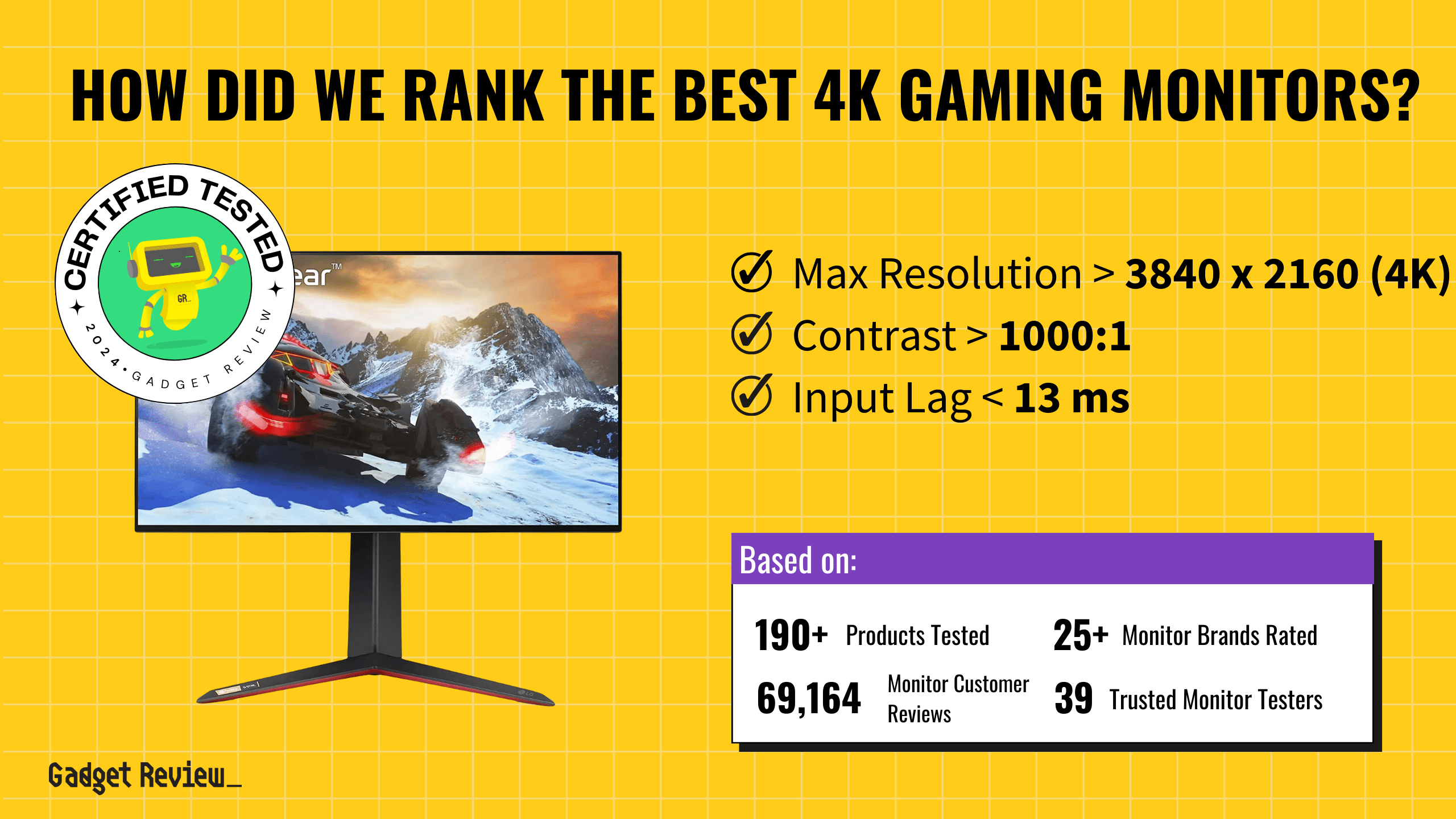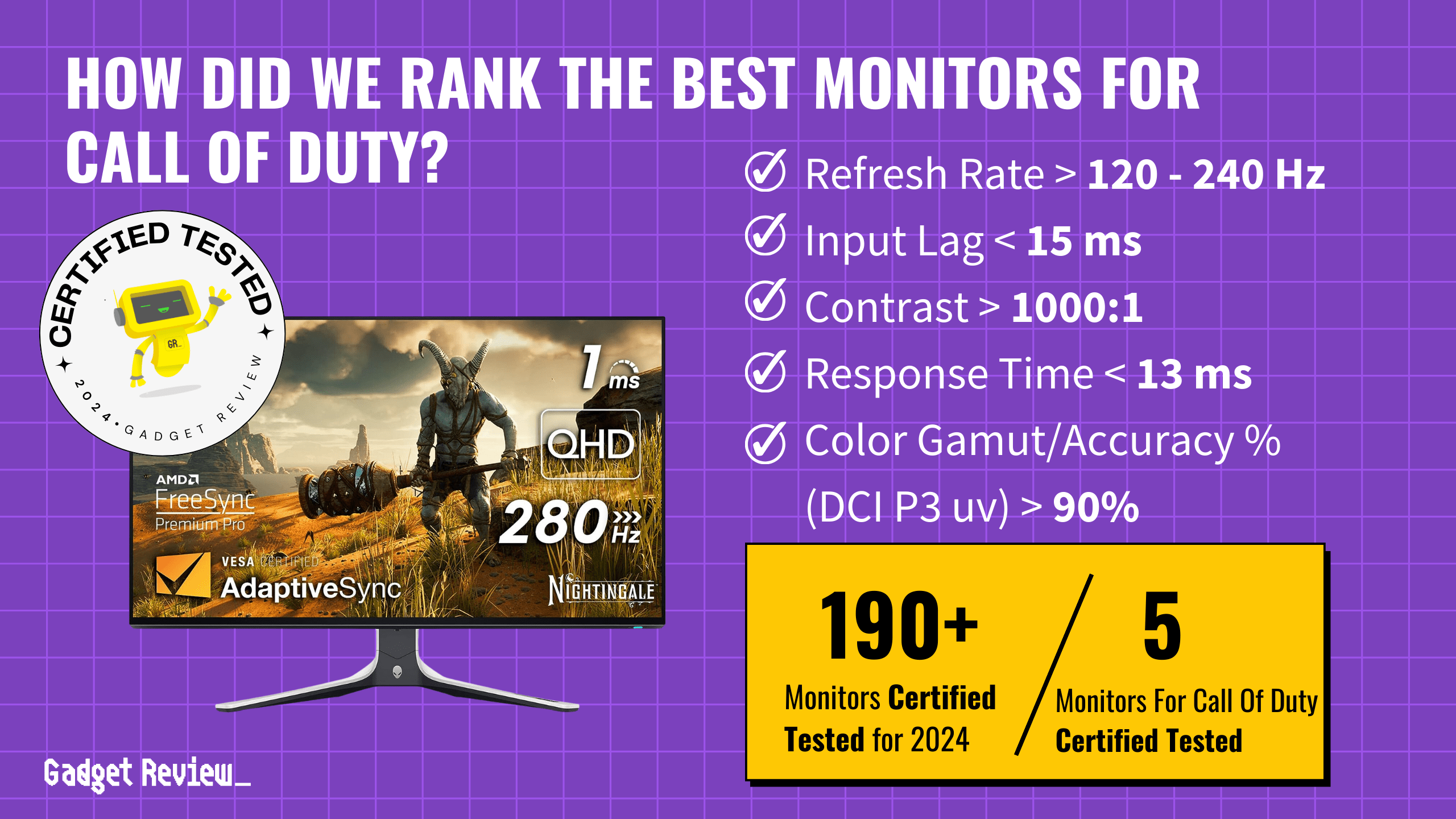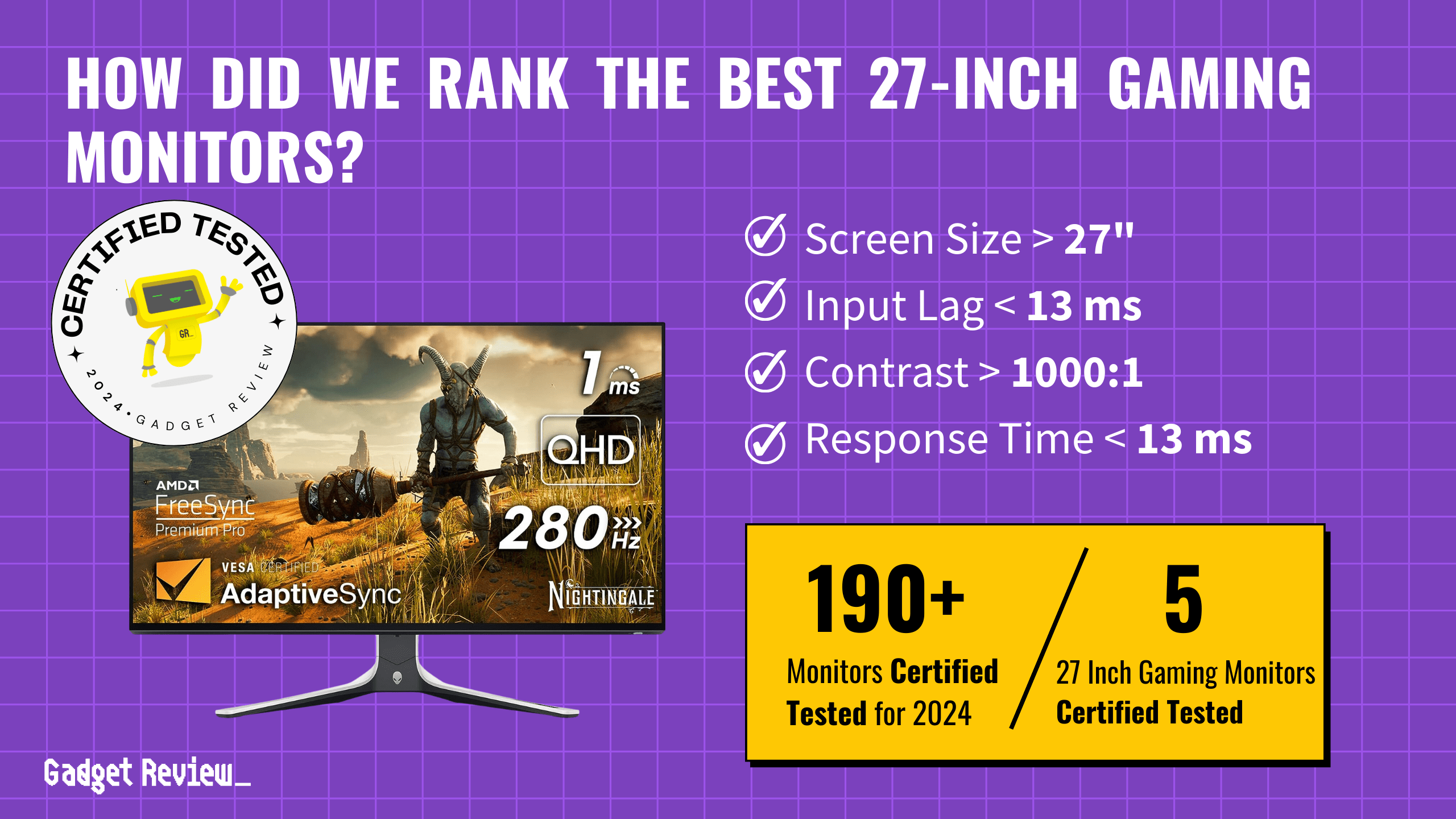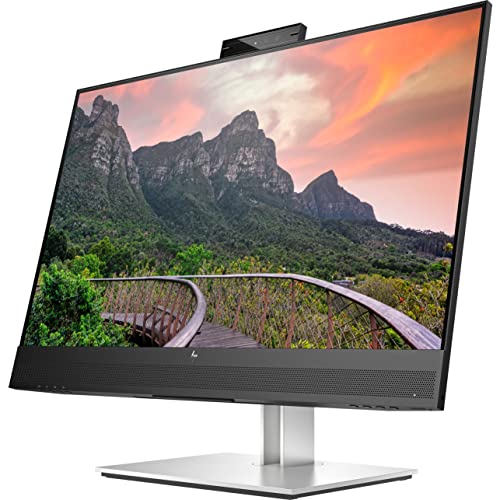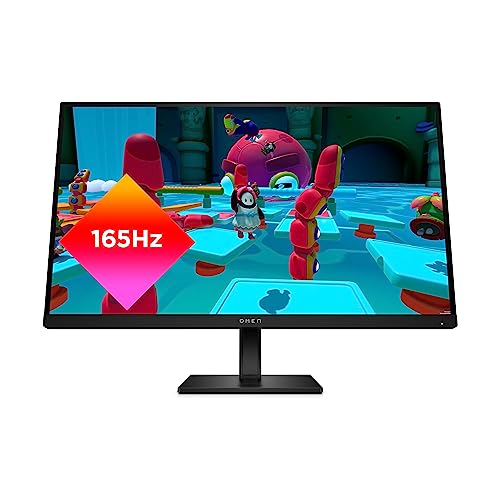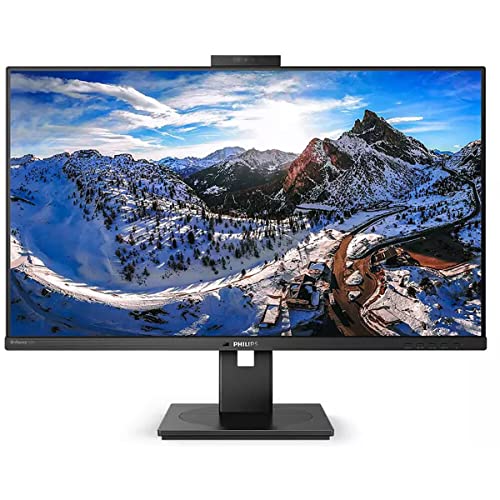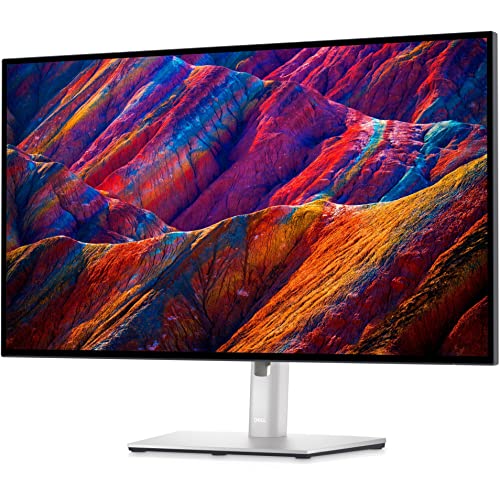If you have been shopping around for cable management, as well as a new display, you may be comparing limited RGB vs full RGB. The best gaming monitors, after all, typically represent colors in one way or the other. Keep reading to find out everything you’ve ever wanted to know about black levels, white levels, color spaces, and color accuracy.
Key Takeaways_
- Full RGB represents a full-color range or dynamic range, with zero being total black levels and 255 being total white levels.
- As the name suggests, Limited RGB offers a relatively limited range of colors, from 16 to 235.
- Full RGB is typically found with computer monitors, especially dedicated gaming monitors, while limited RGB is found on HD TVs and related items.
Differences Between Limited RBG and Full RGB
The primary difference here is regarding black levels and white levels. Full RGB, which used to just be called RGB, operates on a scale of zero to 255. This full RGB range allows for complete black, at zero, and complete white, at 255. Limited RGB, on the other hand, offers a 16-235 range, which results in a slight decrease when it comes to image quality, video levels, and output range.
Here are some cases in which the differences between full RGB and limited RGB tend to matter most.
insider tip
Most dedicated gaming monitors will automatically feature full RGB, though you should still check the specs before making a purchase.
Video Games and Computing
When it comes to gaming and general computing tasks, a full RGB range is the way to go. You will want complete access to all available colors, including the deepest blacks, while playing graphically intensive modern games. After all, you can easily adjust the game to find the correct settings to suit whatever color-based needs you have. The color accuracy and overall sharpness of the image of full RGB are in line with a LED display when comparing LCD vs LED monitors for gaming.
Movies and TV
Movies and television shows are almost always presented in limited RGB. Why would it be preferable to feature fewer colors? The level of detail provided with full RGB is sometimes too much detail for cameras, which could lead to errors down the line during the color correction process. Additionally, some genres of movies and TV like to hide things in the background or in the dark, and full RGB offers so much detail that it makes this process difficult. Examples of where a limited mode or limited setting can be useful? Horror movies like to hide stuff for jump scares and action-heavy movies like to hide items related to stuntwork.
STAT: The RGB color model is based on the Young–Helmholtz theory of trichromatic color vision, developed by Thomas Young and Hermann von Helmholtz in the early to mid-nineteenth century, and on James Clerk Maxwell’s color triangle that elaborated that theory (circa 1860). (source)
Creative Professionals
For the above reasons, creative professionals tend to prefer a limited RGB range when it comes to making content for YouTube and the like. However, game designers and coders prefer full RGB, as that allows them greater control over the finished product.

